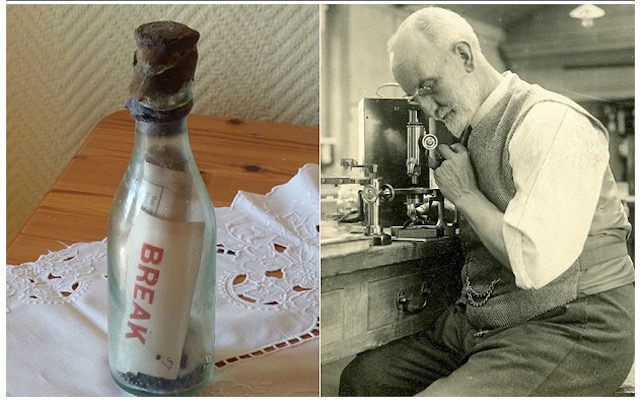
Marianne Winkler, a retired post office worker, found the message from the past while on holiday with her husband on the North Sea island of Amrum. Mrs Winkler found the bottle in April, but was shy of publicity and the full story has only now emerged.
"It's always a joy when some one finds a message-in-a-bottle on the beach," she told the Amrum News, a local website. "Where does it come from, who wrote it, and how long has it been travelling on the winds, waves and currents? "But when Mrs Winkler stumbled on her message-in-a-bottle, she had no idea quite how old it would turn out to be.
Written on a piece of paper inside were the words "Break the bottle". "My husband, Horst, carefully tried to get the message out of the bottle, but there was no chance, so we had to do as it said," Mrs Winkler said. Inside they found a postcard with no date but a message promising a reward of a shilling to anyone who returned it. The message, in English, German and Dutch, asked anyone who discovered the bottle to fill in some information on where and how they found it.
The return address was the Marine Biological Association in Plymouth.
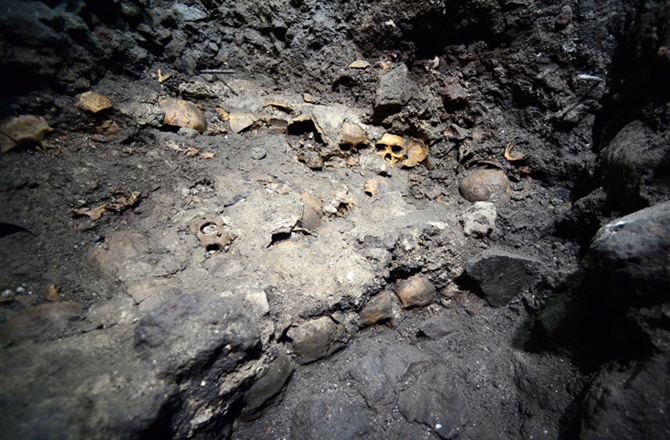
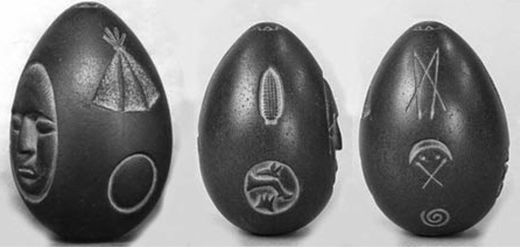
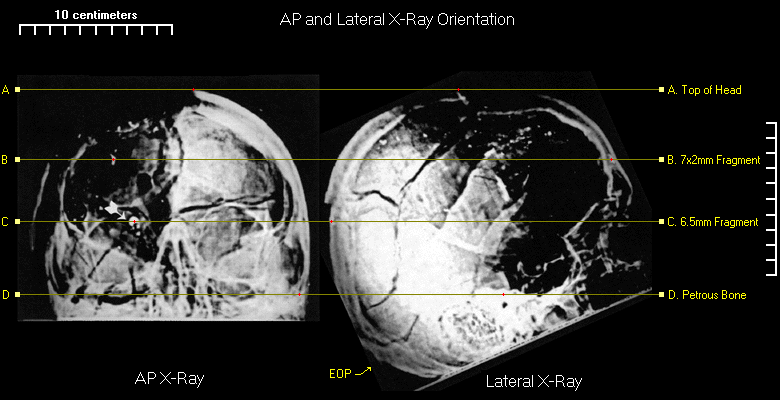
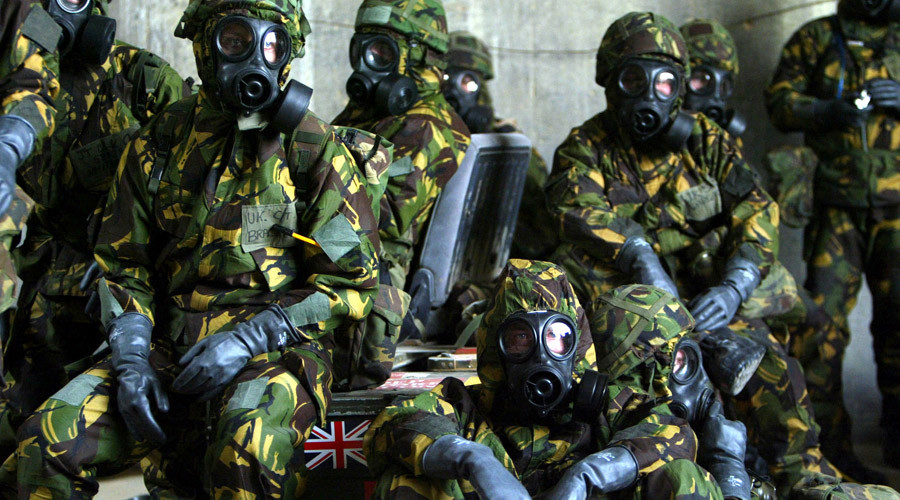
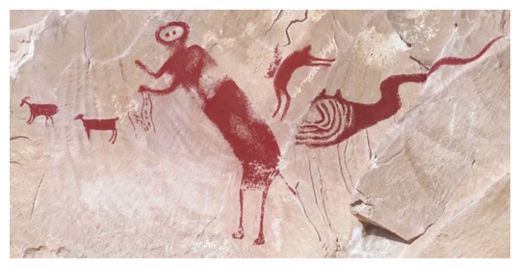
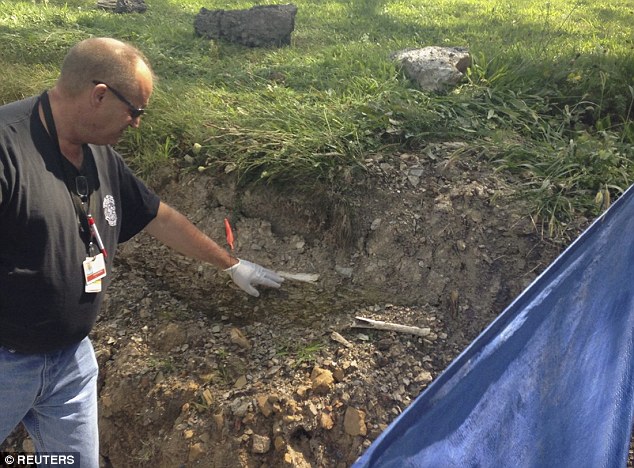
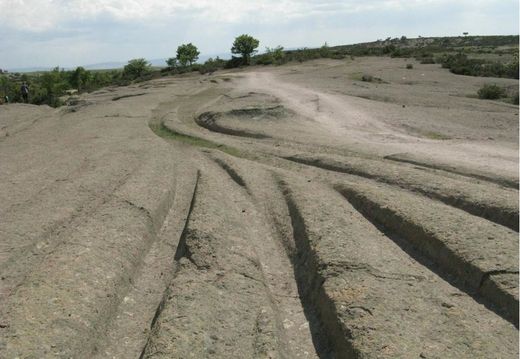
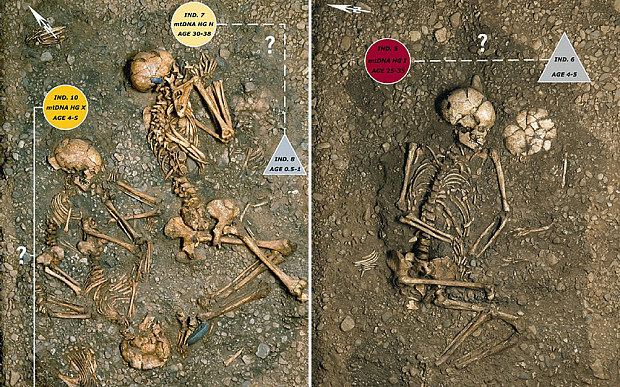
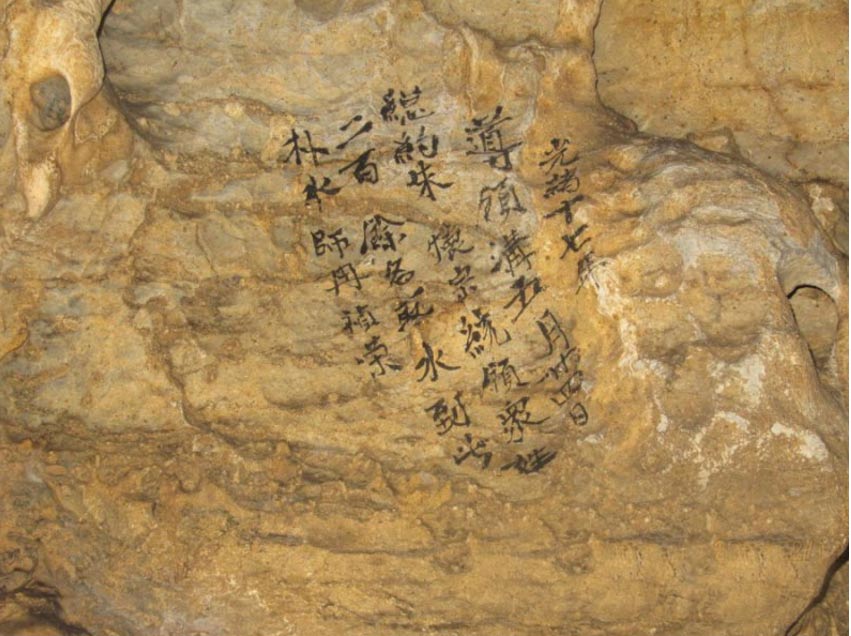



Comment: There is still much that we do not understand about ancient civilizations and their technology: